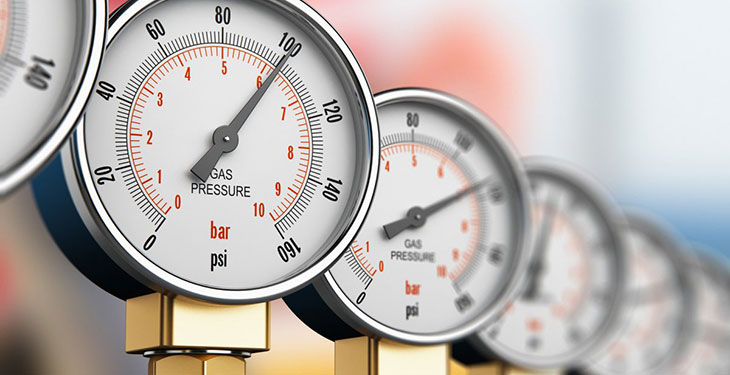After a 4.3% increase in 2021, the demand for natural gas in the European Union fell by 13.2% in 2022, to 13.72 million terajoules, according to data published on Thursday by the European Statistics Office (Eurostat).
This is the third lowest total recorded since 2008, when data collection began, after lows in 2012 (12.93 million terajoules) and 2014 (13.2 million terajoules).
The EU’s objective was a 15% reduction in gas consumption between August 2022 and March 2023, compared to the average of the same period in the last five consecutive years, in order to stop the EU bloc’s dependence on fossil fuels from Russia.
Between August 2022 and March 2023, the EU’s natural gas consumption decreased by 17.7%, compared to the average gas consumption recorded in the same months (August – March) between 2017 and 2022, according to Agerpres.
Last year, the largest consumers of natural gas reduced demand substantially: Germany, Italy and France had the highest level of demand, at 3.07 million terajoules (minus 15.4% compared to 2021), 2.61 million terajoules (minus 9.9%) and 1.54 million terajoules (minus 9.6%), respectively.
Analyzing all EU member states, demand decreased in most of them, except Ireland and Malta, where it increased slightly, by 2.1% and 1.4%, respectively.
On the supply side, total EU natural gas imports fell by 6.6%, from 24.67 million terajoules in 2021 to 23.05 million terajoules in 2022.
If in 2021, Norway and Russia were the main sources of natural gas that entered the EU, with similar percentages, close to 24%, in 2022 the situation was quite different. The main source of natural gas entering the EU was Norway (24.4%), followed by Russia (15.3%, minus 8.3 percentage points – pp compared to 2021), the United States (9.8%, 5.5 pp), Algeria (8.3%, 2.7 pp) and Qatar (67.%, 2.2 pp).
